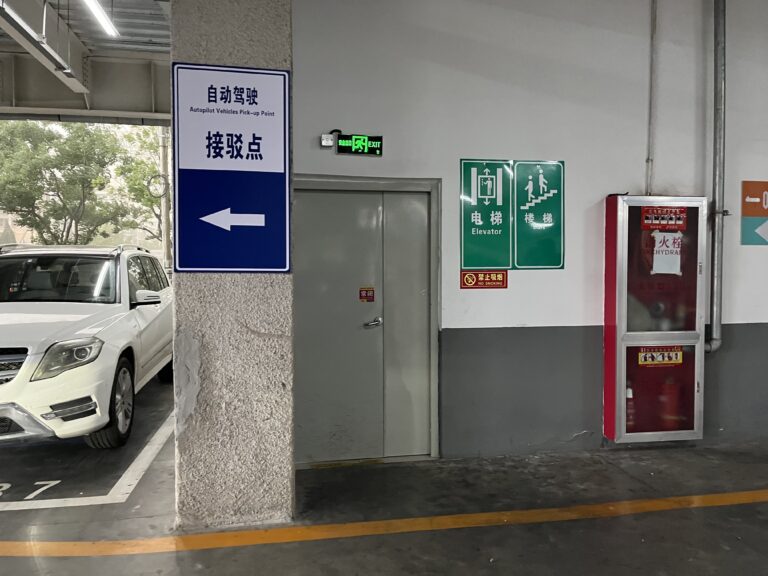Robotaxi operator Pony.ai has begun testing rides with human staff between Beijing’s suburbs and a major high-speed rail station.
CNBC | Evelyn Chen
Ning Zhang, vice president of Pony.i and head of the company’s Beijing research and development center, told CNBC in an exclusive interview on Thursday that the company expects to launch a robot taxi service to the public within the next week or two on a route from Beijing South Railway Station to the outskirts of Yizhuang city, citing pending government approvals.
Zhang predicts that by the end of this year or early next year, the station’s lines will be fully driverless, with no human staff on board.
The latest route marks a major expansion of robot taxi operations from the outskirts of Beijing to the city center, where a series of concentric highways known as “rings” encircle the city center.
Yizhuang suburb is outside the Fifth Ring Road, while Beijing South Railway Station is inside the Third Ring Road.
Zhang said there is a perception that Beijing will not allow robotaxis beyond the Fifth Ring Road.
“Now we’re breaking through that barrier,” he said.
“This is a big step forward. It will be a very good example and showcase for the whole of China that Beijing is willing to make such a big move,” he said.
In November 2021, the Beijing municipal government allowed robotaxi operators Pony.ai and Baidu’s Apollo Go to collect fares for rides from the public in Yizhuang city, a first step towards eliminating costs for drivers.
Less than two years later, Beijing authorities allowed robot taxi companies to remove human staff from public vehicles and collect fares, allowing users to hail a ride through a designated app.
In late February, Beijing authorities expanded the operating area for driverless robot taxis for the public to Daxing International Airport near Yizhuang, with AutoX and WeRide also receiving operating permits, in addition to Pony.ai and Baidu, the government said in a statement.
Zhang expects Beijing to allow robotaxis to operate around the northern part of Beijing Capital International Airport by the end of this year, before expanding to the city’s four other train stations, he said.
Pony.ai expects there to be more than 50 fully driverless taxis operating in Beijing by the end of the year.
He expects that within the next two years, Beijing will allow robot taxis to operate between the 6th and 4th Ring Roads, regardless of city district. To achieve this, Pony i will need to have a fleet of 1,000 robot taxis by the end of 2025, he said, noting that the company is working with Toyota to mass-produce the vehicles.
Chan said that with 500 to 1,000 robot taxis in a city, the business could become profitable, and at scale, he expects growth “to accelerate exponentially over the next few years.”
That also depends on the pace of regulatory support: Zhang expects Beijing to allow robot taxis citywide in three to five years.
Meanwhile, global interest in robot taxis is growing, with Alphabet’s Waymo expanding its operations on the West Coast.
In April, Elon Musk announced that Tesla Robotaxi to be announced on August 8th.
Asked about Musk’s plans, Chang said Pony.i hopes Tesla’s involvement in the auto industry can help “reshape” transportation, but he believes Tesla’s fully self-driving technology is better suited for driver assistance than a fully driverless system.
As for other Chinese robotaxi operators, Zhang doesn’t foresee much intense competition in the coming years as the nascent industry is still gaining momentum.
According to Baidu, ApolloGo completed approximately 826,000 rides in the first quarter, up from 660,000 in the same period last year. As of April 19, the total number of rides had exceeded 6 million.
During Baidu’s most recent earnings call, CEO Robin Li said the company expects its robotaxi business to narrow losses for the rest of the year, according to a FactSet transcript. He added that Baidu’s latest robotaxi vehicles cost less than $30,000, excluding batteries.
In May 2024, the Beijing municipal government began allowing trial operations of robotaxis at major high-speed rail stations in the southern part of the city.
CNBC | Evelyn Chen

